Common Name(s): Koa, Hawaiian koa
Scientific Name: Acacia koa
Distribution: Hawaii
Tree Size: 65-100 ft (20-30 m) tall,
3-5 ft (1-1.5 m) trunk diameter
Average Dried Weight: 38 lbs/ft3 (610 kg/m3)
Specific Gravity (Basic, 12% MC): .53, .61
Janka Hardness: 1,170 lbf (5,180 N)
Modulus of Rupture: 12,620 lbf/in2 (87.0 MPa)
Elastic Modulus: 1,503,000 lbf/in2 (10.37 GPa)
Crushing Strength: 7,060 lbf/in2 (48.7 MPa)
Shrinkage: Radial: 5.5%, Tangential: 6.2%,
Volumetric: 12.4%, T/R Ratio: 1.1
Color/Appearance: Color can be highly variable, but tends to be medium golden or reddish brown, similar to Mahogany. There are usually contrasting bands of color in the growth rings, and it is not uncommon to see boards with ribbon-like streaks of color. Boards figured with wavy and/or curly grain are also not uncommon.
Grain/Texture: Grain is usually slightly interlocked, and sometimes wavy. Uniform medium to coarse texture.
Rot Resistance: Rated as non-durable to perishable regarding decay resistance, Koa is also susceptible to termite attack.
Workability: In most circumstances, Koa is easy to work, and sands well. However, figured wood, or pieces with heavily interlocked grain can be difficult to plane or machine without tearing or chipping of the grain; also, Koa can occasionally give problems in gluing, though this is somewhat uncommon. Koa turns, stains, and finishes well.
Odor: No characteristic odor.
Allergies/Toxicity: Besides the standard health risks associated with any type of wood dust, no further health reactions have been associated with Koa. However, several species of Acacia, including the closely related Australian Blackwood, have been reported to cause eye, skin, and respiratory irritation. See the articles Wood Allergies and Toxicity and Wood Dust Safety for more information.
Pricing/Availability: With the tree endemic to Hawaii only, and with supplies dwindling, Koa is likely to be rather expensive. Also, boards of highly figured and/or curly Koa can command fantastic prices.
Sustainability: This wood species is not listed in the CITES Appendices, and is reported by the IUCN as being a species of least concern.
Common Uses: Veneer, furniture, cabinetry, musical instruments (especially guitars and ukuleles), canoes, gunstocks, carvings, bowls, and other turned/specialty wood objects.
Comments: Although Koa is naturally quite abundant on the islands of Hawaii, most Koa forests have been cleared for grazing pastures; and since young Koa seedlings are edible for grazing animals, most new trees are prevented from growing to lumber-harvestable size. As a result, mature Koa trees are either scarce, or in hard-to-access mountainous locations, and the price of Koa is likely to only increase further in the future. Australian Blackwood (Acacia melanoxylon) is considered to be a more sustainable, and visually/mechanically similar substitute.
Koa is widely considered to be the most beautiful and useful of Hawaii’s native hardwoods, and along with Monkey Pod and Mango, it is the most common Hawaiian species to be imported into the lower 48 United States.
Visually, Koa has been compared to Mahogany, while in terms of working and mechanical properties, it has been compared to Walnut. Because of its nearly equal tangential and radial shrinkage, (its T/R Ratio is only 1.1), Koa tends to be quite stable regarding environmental changes in humidity.
Images: Drag the slider up/down to toggle between raw and finished wood.
Identification: See the article on Hardwood Anatomy for definitions of endgrain features.
Porosity: diffuse porous
Arrangement: solitary and radial multiples
Vessels: large to very large, few
Parenchyma: vasicentric
Rays: narrow, normal spacing; can be reddish color that blends in with wood fibers
Lookalikes/Substitutes: Australian blackwood (Acacia melanoxylon) is anatomically indistinguishable from koa, at least on a macroscopic level. (When viewed under microscope, about 50% of the rays in koa are uniseriate, while Australian blackwood’s rays are only about 20% uniseriate.)
Notes: Heartwood fluoresces under blacklight.
Related Content:

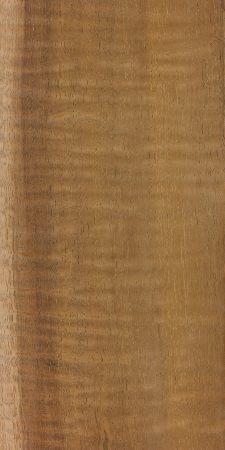
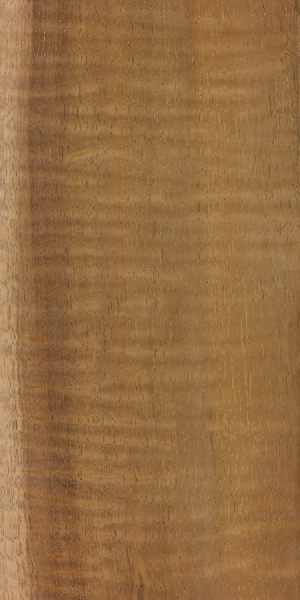
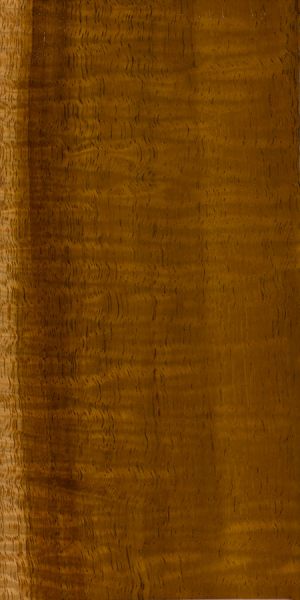
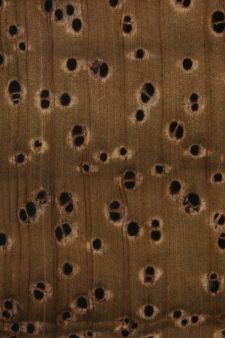

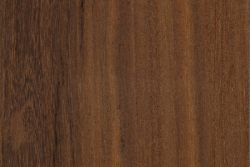
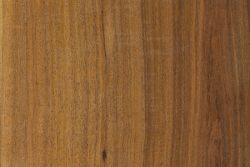
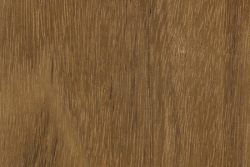
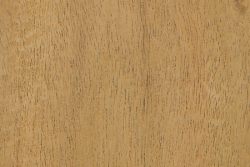
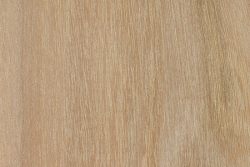
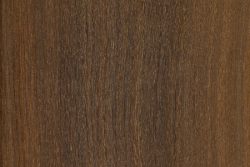
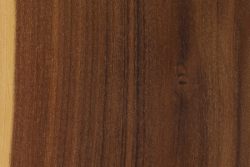
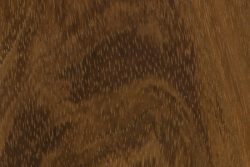
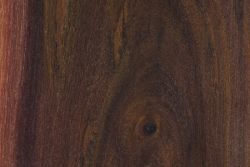
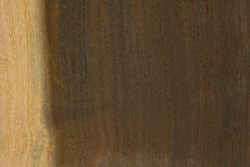
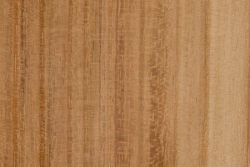
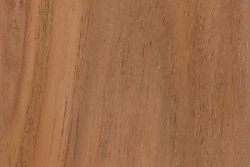
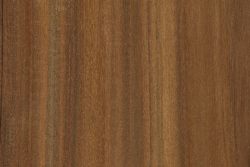
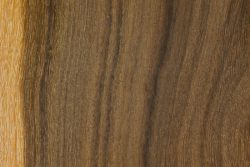
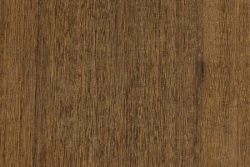
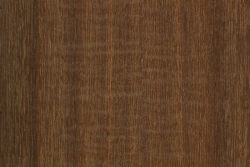
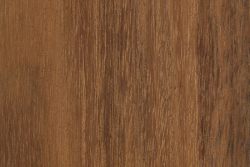
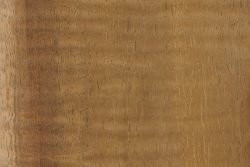
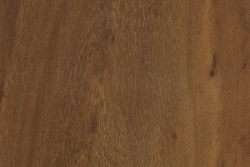
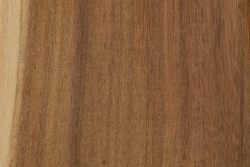
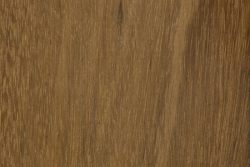
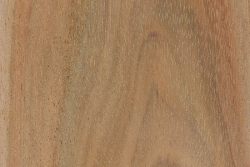
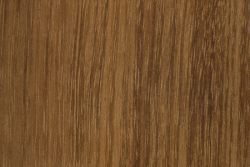
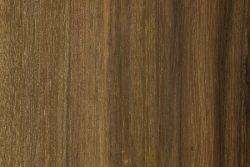
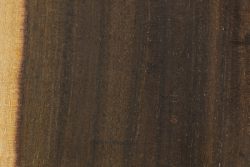
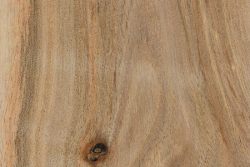
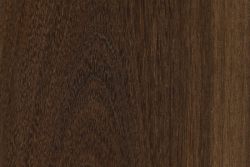
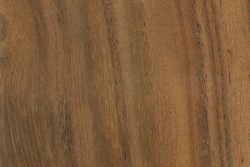
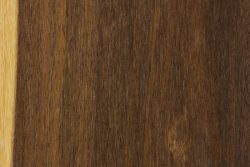
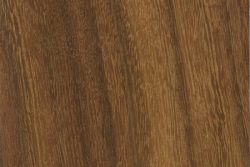






Hello! This a photo of former President Obama & his wife; I have a sense that this really wondeful table top is made of Hawaii Koa wood. What is your opinion? Thanks.
Hello, trying to determine if this is Hawaii Koa wood. The piece was made in 1977, but origin uncertain. There are other wood pieces on the piece that are clearly not koa – but photos are of the pieces in question. Thanks!
koa is a material currently used in our workshop, I use them to make kalimba, in fact, the quality of this wood is very good, but some customers will have cracks after a period of time, we don’t know whether it is What is the problem, we are currently looking for it, we upgraded the process later, and carried out a layer of polishing and waxing on the product.
Do you have any information on the expansion rate of koa? How hygroscopic is it? I play the kalimba and am very involved with online groups, and (anecdotally), I’ve seen several koa kalimbas crack recently. Could it be due to the thinness of the wood in low humidity?
I Recently made this NAF style flute out of Koa. This was done by
routing and gluing two pieces, then turning and sanding to 600 grit. It
was finished with Tung oil. This was the first time I used Koa and
everything about it behaved very nicely. This is a great tool – thanks
for the wealth of information!!!
I Recently made this NAF style flute out of Koa. This was done by routing and gluing two pieces, then turning and sanding to 600 grit. It was finished with Tung oil. This was the first time I used Koa and everything about it behaved very nicely. This is a great tool – thanks for the wealth of information!!!